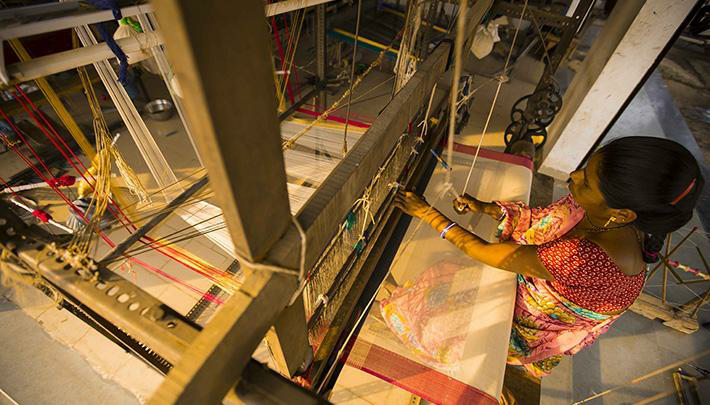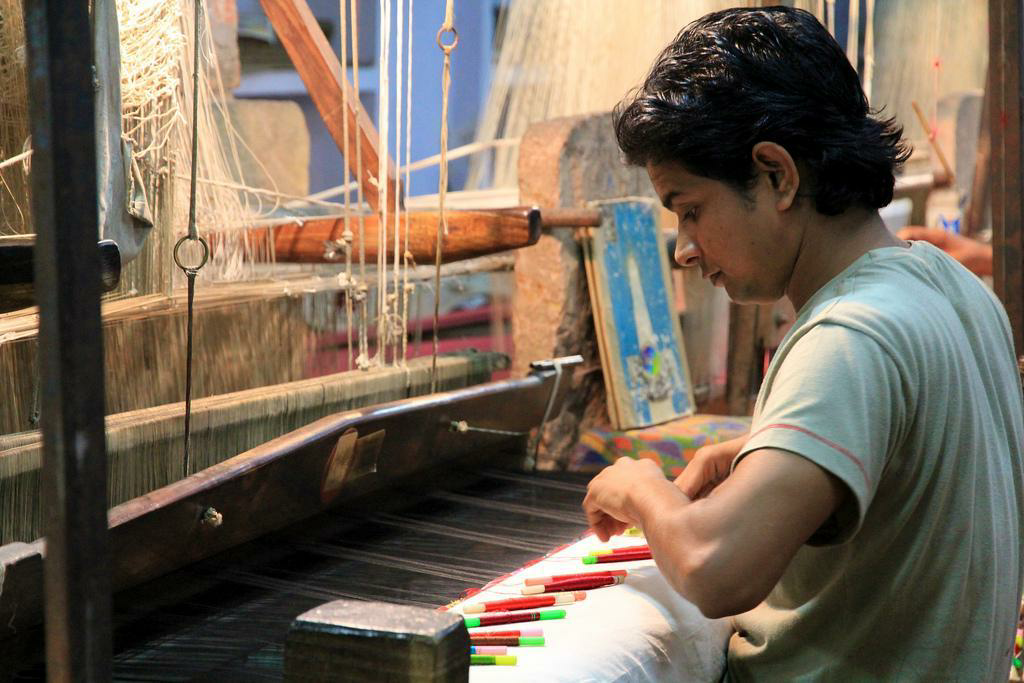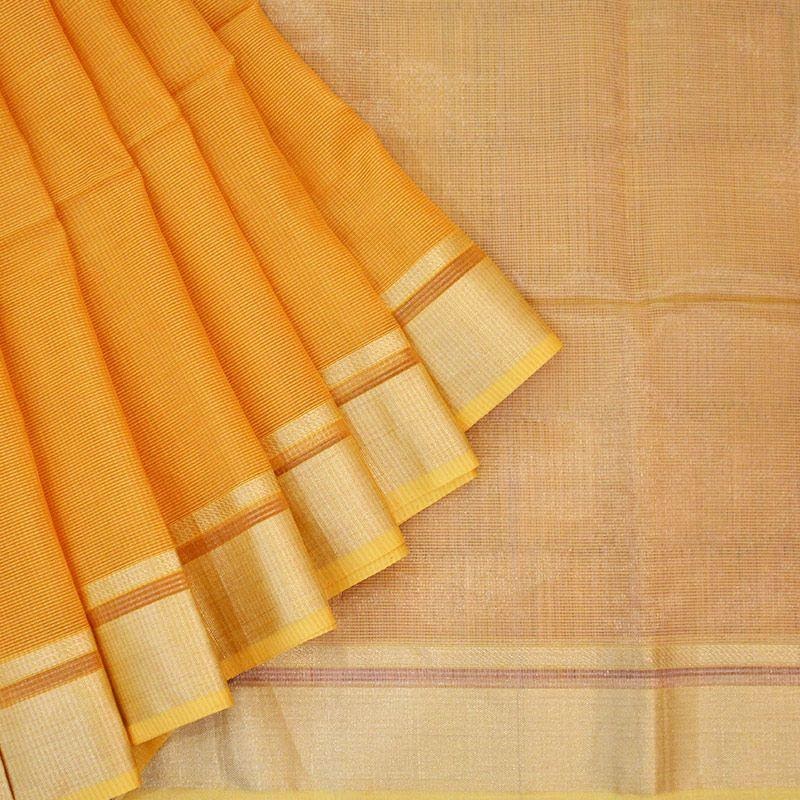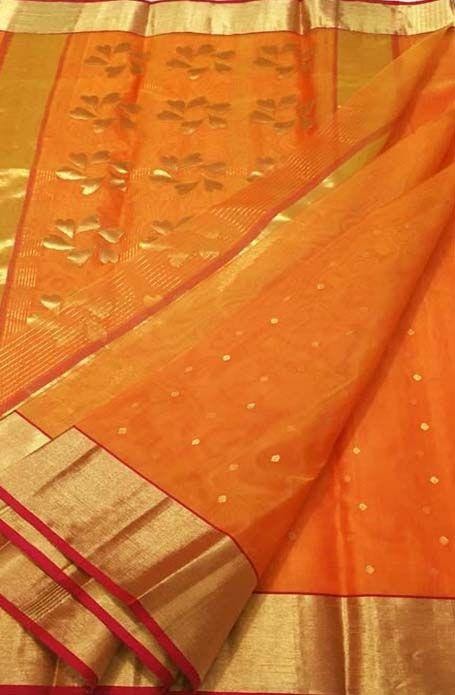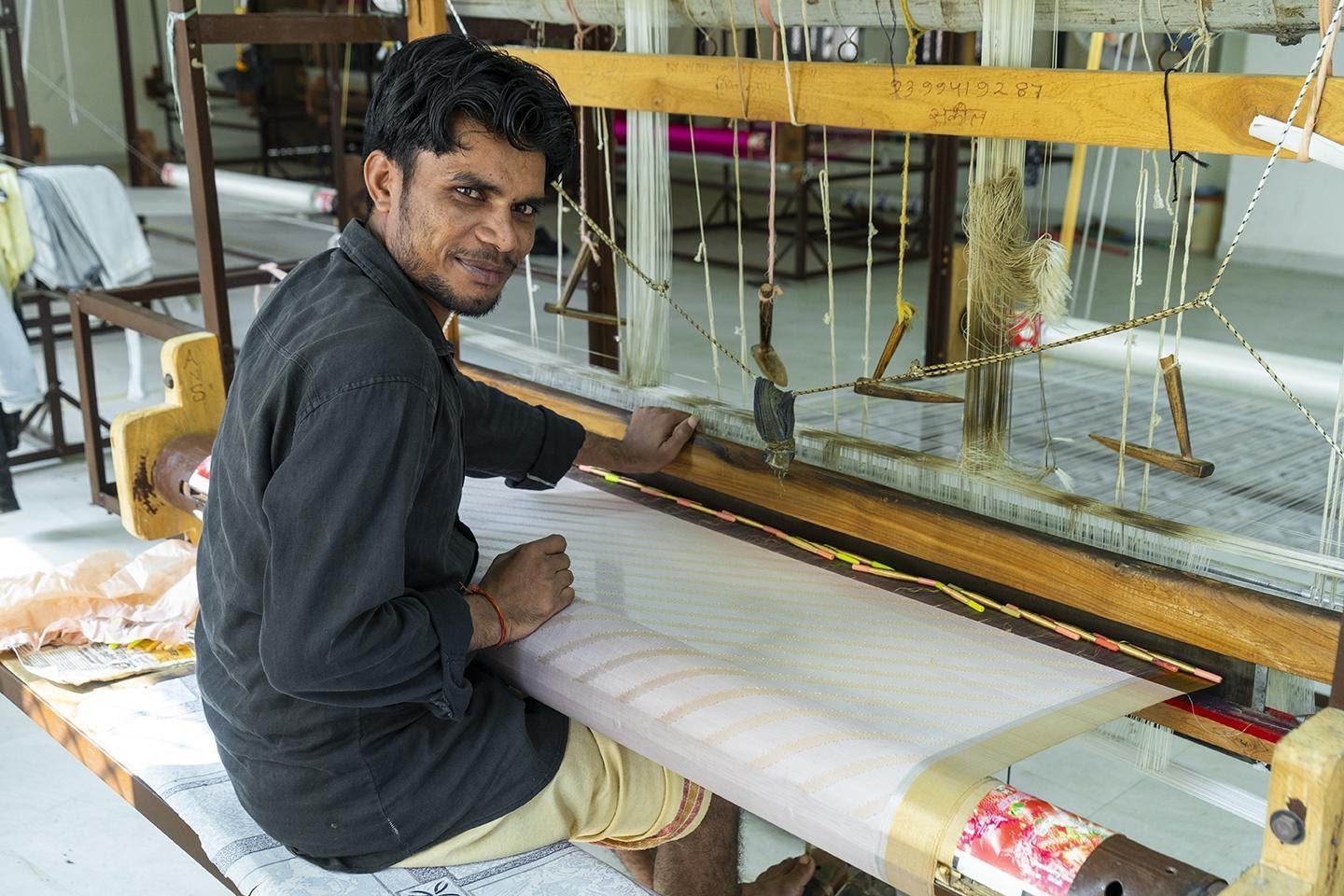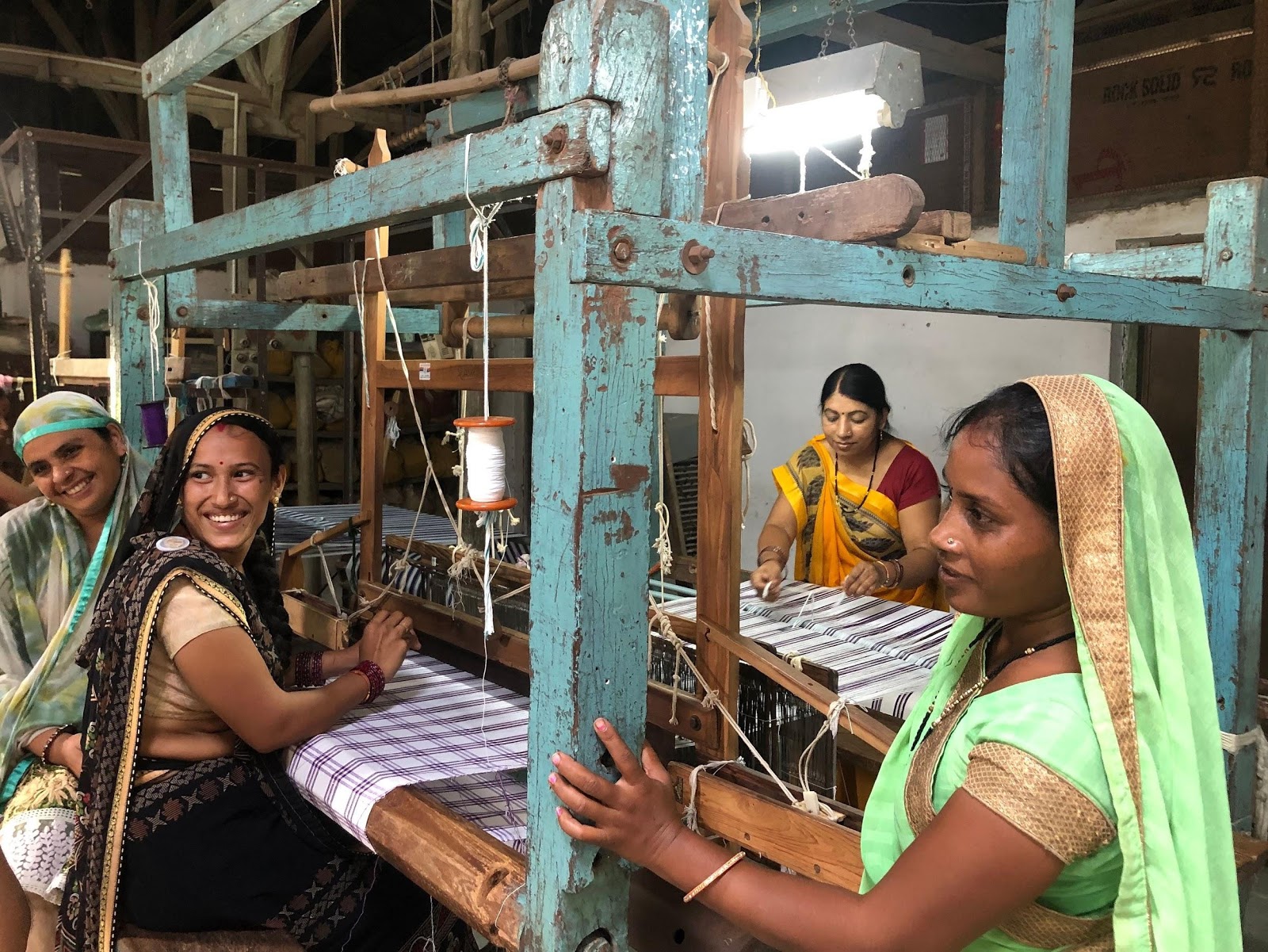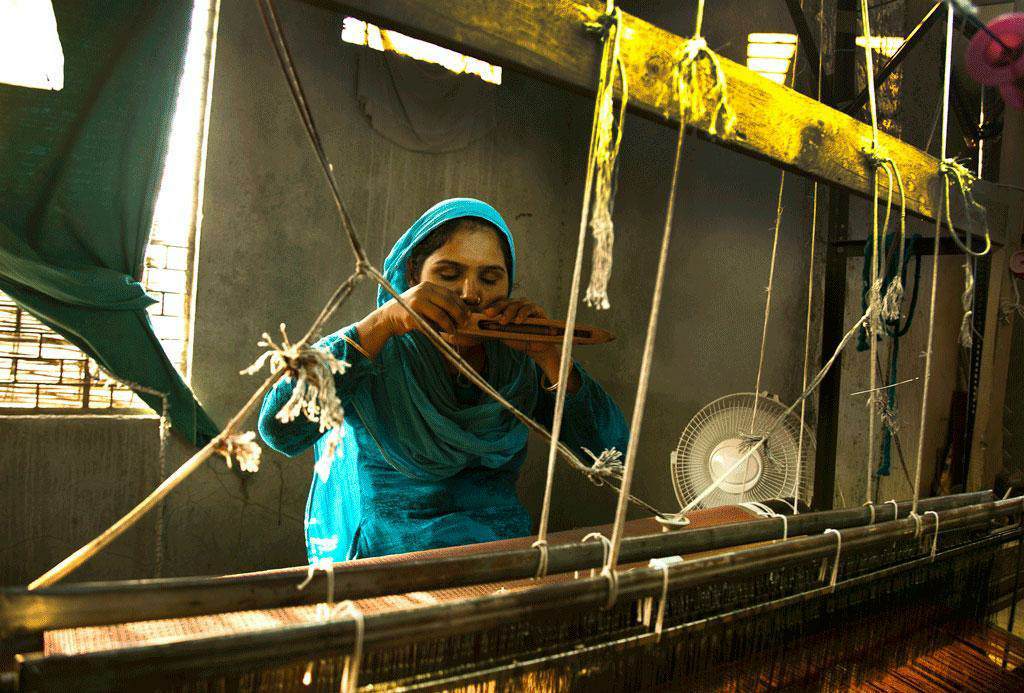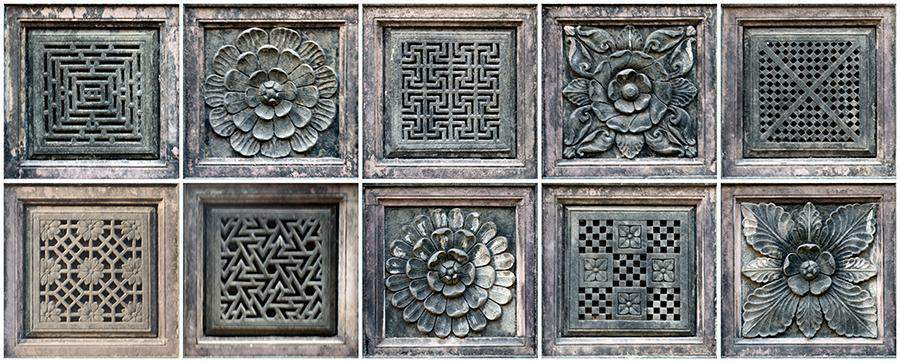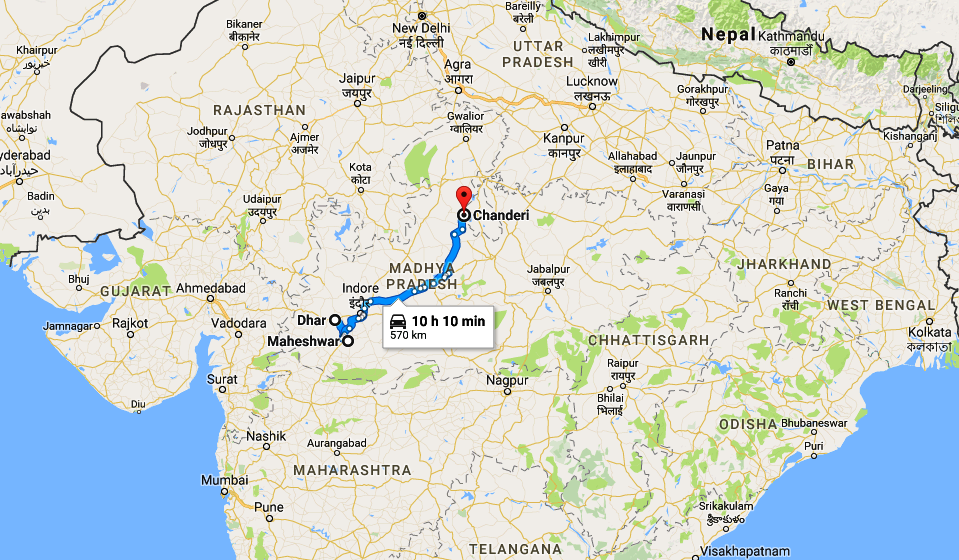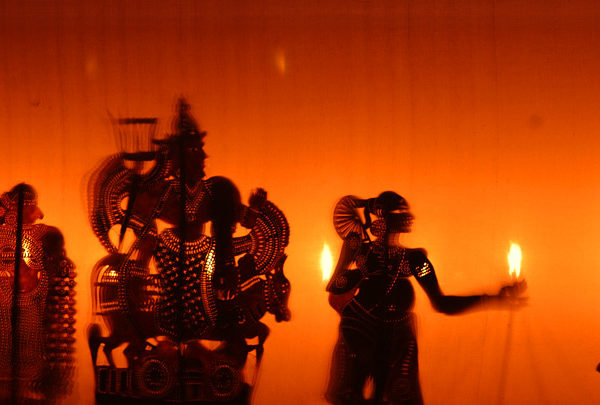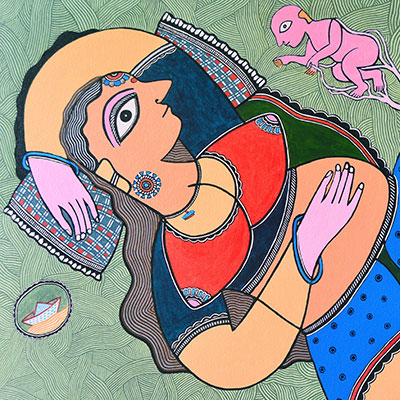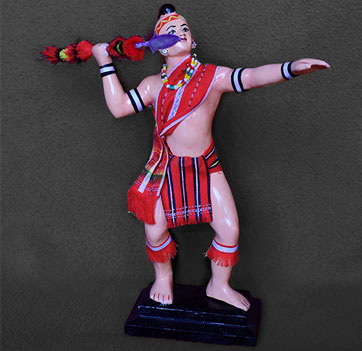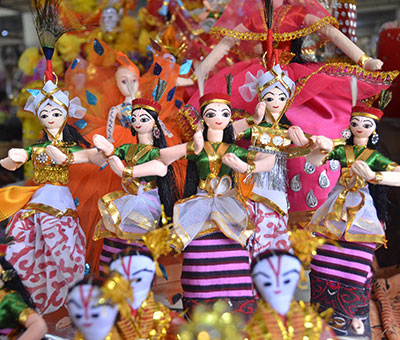In an attempt to (re)define art over the time, Art Hi(story), ever since it’s conception has regarded connotations to that which is not. The term Craft is such an attempt. If anything, then, the very definition and redefining of something in constant flux; talks more about human psychology and how we as humans yearn to clearly define the two and make everything distinctively fit as either art or craft. Hence, In order to understand a discourse, it becomes even more important to unplug the connotations tangent to it. This article will navigate history through craft and deconstruct the need for discourses to understand that which is an art and if otherwise, then why.
Crafts in the Primitive era, differed in their intention as they were produced in a different atmosphere than today. During Mesopotamia, the production of Crafts was executed both by order of the state and privately. It was during the Renaissance era when the previously regarded Craftsmen were upgraded to ‘artist’. Crafts were then classified as a lesser creative activity to the arts. However, today the line of praxis between an art and a craft remains non-significant.
Etymologically, ‘Craft’ comes from the Middle English word for strength or skill, derived from the Old English word craeft which comes from Old High German kraft. Craft produced by the skillful hands rather than a machine in a creative way that is aesthetically appealing as well as a utilitarian object is called a Handicraft.
Over time, Textile as a Craft has reinvented various techniques for its survival. The Textile sector of India could be subdivided primarily into Handlooms, Power looms, and the Mill segment. The heritage of Indian Handlooms is as old as the Indus Valley Civilization. This article will zoom-in at the central India i.e. Madhya Pradesh.
Madhya Pradesh or ‘the heart of India’, is celebrated for its history of textiles, particularly the handlooms of Maheshwar and Chanderi. Maheshwari silk and chanderi saree get the names from the origin of their places- Maheshwar and Chanderi. Maheshwar is a small town on the banks of the river Narmada in the Dhar district of Madhya Pradesh. Chanderi is situated on the boundary of two regions of the state, Malwa, and Bundelkhand.
The raw materials used for the process of Maheshwar handloom are cotton, silk, and zari, which are procured from different parts of the country. The tools used in the making are Warp Machine, Handloom, charkha, and Dyeing Apparatus. The making of Maheshwari and chanderi handlooms is closely related to each other; it includes designing, raw material procurement, dyeing, yarn opening for weft and warp, warping, weaving, and finishing.
Maheshwari saree uses broad borders that follow patterns similar to those on
the walls of the fort of Maheshwar. Chanderi saree uses a variety of designs in the
border. Based on the design of the border, there are the following types of Maheshwari sarees: Maheshwar bugdi kinar, zari Patti, rui phool kinar, phool kinar, chatai kinar, V kinar, kahar kinar, bajuband kinar, etc. The motifs used in chanderi sarees are intricate than those in Maheshwari sarees. Maheshwari sarees use more linear patterns and fewer motifs while chanderi sarees use a lot of motifs and are mostly traditional floral. In chanderi saree the designs are created on weft while in Maheshwari saree the designs are created on warp at the beginning itself and the weft remains the same.
Raw materials are further processed to make it suitable to work upon. Dyeing is an important part of the whole process. Cotton and silk require dyeing prior to their usage on the looms. Post dyeing, the yarn is received in the form of bundles. Untangling and tightening of the threads are achieved by reeling, using a charkha, thus converting the bundles into small rolls. The master weaver then makes the warp. Using the warp machine, the raw silk is converted into single or double fiber warp. Furthermore, the taana threads in the shape of bundles are taken to the loom where they are used as warp.
Once a saree is completed, it is taken off from the loom, sent for cutting, folded, and packed. Hence, ready to be marketed.
Art and Craft are two distinct discourses in theory, whereas, in practice, they are inextricable. Crafts were and are an integral part of our lives as it embodies ancestral memories of thousands of years of our coexistence. One can construct hundreds of schemes to save and preserve this memory, and yet it will remain endangered as long as we keep romanticizing Art. Perhaps the only way of preservation is to understand Craft as Art as Craft; for the mere difference between an Art and a Craft, is the journey of art from small to capital A.
Text By Rageshree Ranade
Images Courtesy: Milaap.org, Brad coy, Vaibhav Bharadwaj, Luxurionworld.com, Madhya Pradesh tourism, Ghoomophiro.com, and Rangan Datta.
Find out more about the Artists and Gallery:

